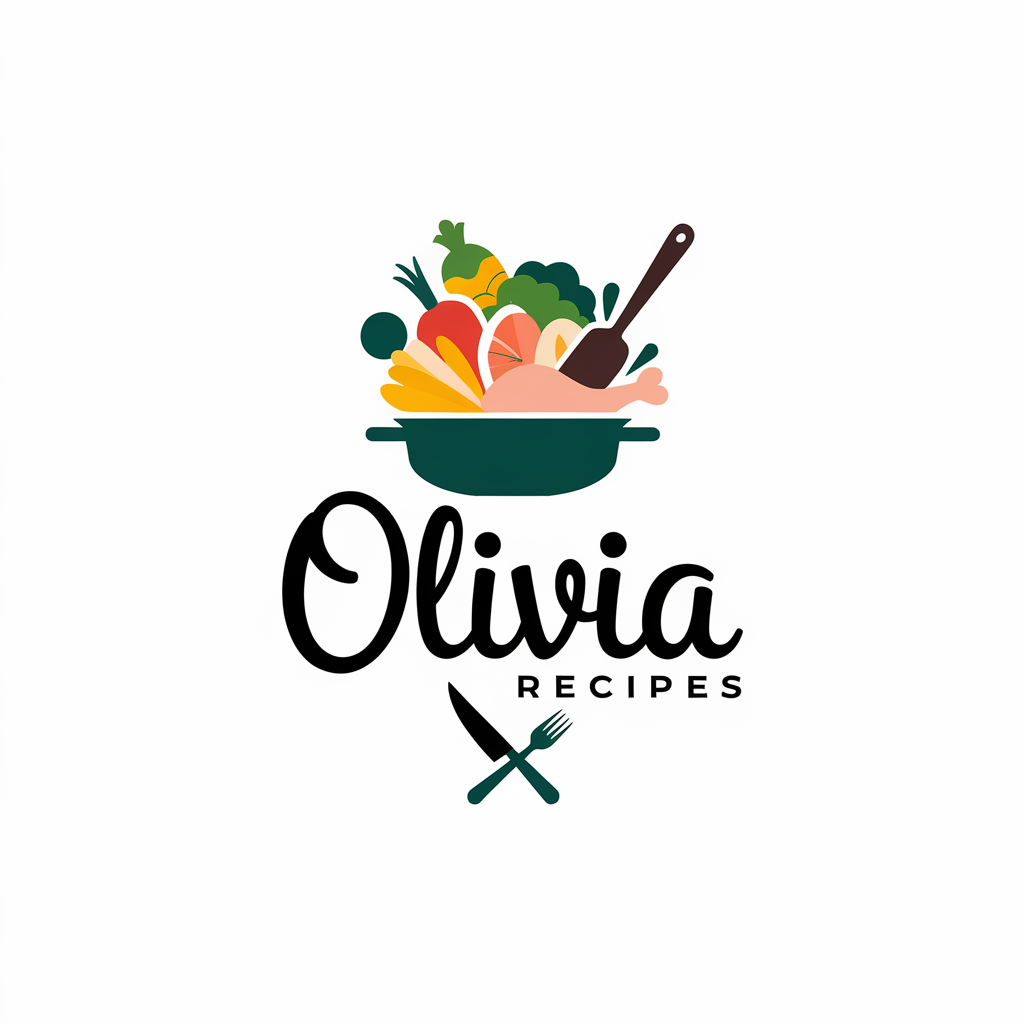This Is What a Balanced Day of Eating Really Looks Like
You might think a balanced day of eating is complicated, but it’s simpler than you think. Starting your day with the right breakfast can set the tone for your nutrition. Each meal plays a crucial role in maintaining energy levels and overall health. By understanding what a balanced day looks like, you can make choices that support your well-being. Let’s explore how each part of your day can contribute to a healthier lifestyle.
Key Takeaways
- Start your day with a nutritious breakfast that includes protein, healthy fats, and whole grains for sustained energy and improved focus.
- Incorporate a mid-morning snack combining protein and healthy fats to stabilize blood sugar and maintain energy levels.
- Refuel at lunch with a balance of lean proteins, whole grains, and colorful vegetables for optimal energy and nutrient intake.
- Choose nutrient-dense afternoon snacks like Greek yogurt or hummus with veggies to prolong fullness and manage cravings effectively.
- End the day with a wholesome dinner featuring balanced portions of protein, healthy fats, and complex carbohydrates for overall well-being.
Breakfast: Kickstart Your Day With Nutrition
How can you set a positive tone for your day?
Start with a nutritious breakfast.
A balanced meal guide emphasizes the importance of including protein, healthy fats, and whole grains.
For instance, try scrambled eggs with spinach and whole-grain toast, or a smoothie packed with berries and Greek yogurt. Incorporating powerful superfoods like chia seeds or oatmeal can further enhance your energy levels.
Research shows that a well-rounded breakfast boosts energy levels and enhances concentration.
By fueling your body with essential nutrients, you’ll not only feel fuller longer but also improve your mood and productivity.
Mid-Morning Snack: Fueling Your Energy Levels
After a nourishing breakfast, it’s important to keep your energy levels steady as you move through the morning.
A mid-morning snack can help prevent that midday slump and boost your focus.
Aim for a combination of protein and healthy fats, like a handful of nuts or yogurt with berries.
Research shows these snacks can stabilize blood sugar, reducing cravings and promoting sustained energy.
Incorporating immune-boosting snacks can further enhance your overall well-being and vitality.
Try to keep your portion moderate—about 150 to 200 calories is ideal.
This way, you’ll stay energized and ready to tackle your morning tasks without feeling weighed down or overly hungry by lunch.
Lunch: Balancing Protein, Carbs, and Fats
Lunch serves as a crucial opportunity to refuel your body and maintain balanced energy throughout the afternoon.
Aim to include a combination of protein, carbs, and healthy fats for optimal nutrition.
Lean proteins like chicken or beans help build and repair tissues, while whole grains such as quinoa or brown rice provide sustained energy.
Don’t forget healthy fats from sources like avocados or nuts; they support brain function and keep you satiated.
A colorful salad with a variety of veggies can boost your intake of vitamins and minerals.
Balancing these macronutrients ensures you stay energized and focused for the rest of your day. Additionally, meal timing can play a significant role in optimizing your energy levels and metabolism throughout the day.
Afternoon Snack: Keeping Hunger at Bay
What strategies can you use to keep hunger at bay in the afternoon?
First, opt for nutrient-dense snacks like Greek yogurt, nuts, or hummus with veggies. These options provide protein, healthy fats, and fiber, which help you feel full longer. Portion control is key—aim for a snack around 150-200 calories. Staying hydrated also plays a crucial role; sometimes, thirst can be mistaken for hunger, so drink water throughout the day. Lastly, timing matters; schedule your snack about midway between lunch and dinner to maintain steady energy levels and curb cravings effectively. Additionally, ensuring a balance of macronutrients and micronutrients in your diet can further help regulate your appetite and prevent unwanted hunger pangs.
Dinner: A Wholesome End to Your Day
How do you make dinner a truly nourishing experience? Start by focusing on balanced portions of protein, healthy fats, and complex carbohydrates. Aim for a colorful plate filled with vegetables to boost your nutrient intake. Consider this table for inspiration:
| Protein Source | Vegetable Choice | Whole Grain |
|---|---|---|
| Grilled Chicken | Steamed Broccoli | Quinoa |
| Baked Salmon | Roasted Carrots | Brown Rice |
| Tofu | Mixed Greens | Barley |
| Lentils | Sautéed Spinach | Farro |
| Turkey | Grilled Zucchini | Whole Wheat Pasta |
Incorporating sustainable meal planning into your dinner routine can enhance your overall well-being. Enjoying a wholesome dinner can enhance your overall well-being.


